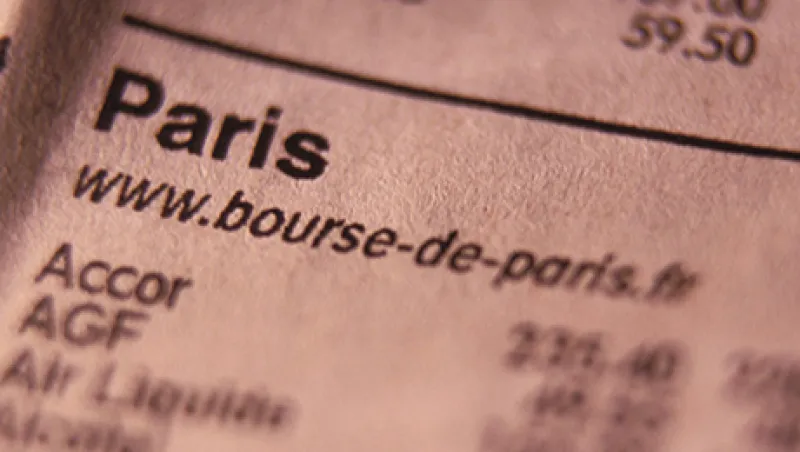The relatively sanguine tone of many forecasts for the euro zone needs to be seen in a narrower view. Many observers fail to note when taking out certain extraneous factors, underlying growth in the euro zone is, in fact, flat.
The euro zone’s apparent good health stems almost completely from two positive external shocks: the fall in oil prices,which caused a decline in inflation, and the euro’s depreciation. The European Central Bank’s highly expansionary monetary policy, with very low interest rates and an incipient credit recovery, has also helped stimulate current growth. If you took all these favorable factors away, however, euro zone growth would be virtually zero.
The consensus view that expansion in the euro zone will continue — and be stronger in 2016 than in 2015 — may be ill-considered. Once the positive effect of these two growth shocks weakens and wears off in 2016, the euro zone will start to feel the effects of weak growth in emerging markets, China in particular. There can really be stronger growth in 2016 than in 2015 only if that growth is endogenous: generated from within, rather than linked to aforementioned factors.
Endogenous growth could indeed occur, provided that the following three conditions are fulfilled: Household credit turns up, the household savings rate falls, and housing investment increases; job creation accelerates; and there is a more vigorous pickup in corporate investment.
Although there are signs that household demand will strengthen, and that there will be an upturn in credit and employment, corporate investment is unlikely to increase as companies still have underused capacity and are risk-averse. This will limit the potential for euro zone growth to gain steam.
So why is the euro zone economy suffering from this fundamental lack of vigor? There are several possible explanations. First, there is excessive public and private debt, and the need to keep deleveraging persists. This leads to a rise in savings and a decline in spending and investment — demand-related factors. Second, an aging population may be encouraging savings and discouraging risk-taking. Finally, supply-related factors, such as a lack of profitability and insufficiently sophisticated levels of production and labor force skills, are weighing on economic expansion. Certainly, the debt overhang and the effect of high indebtedness on corporate and housing investment are having a negative impact on the euro zone. Another factor inhibiting growth in the common-currency region is the lack of corporate investment in new technologies.
Even the euro’s competitive advantage because of depreciation may be short-lived as its exchange rate against the U.S. dollar has stabilized — and could even appreciate slowly. In addition, emerging-markets currencies are depreciating sharply because of economic and in some cases domestic political problems and also because of a belief among investors that a currency war has broken out between emerging markets, rekindled by China’s move in August to devalue the yuan.
This sharp depreciation has already offset half of the depreciation of the euro’s trade-weighted exchange rate. Just another 24 percent depreciation in emerging-markets currencies would wipe out the entire improvement in the euro zone’s price competitiveness since 2014. Clearly, there isn’t much in the way of comfort to be found here.
So the next time you read about the euro zone’s buoyant outlook, delve a little deeper.
Patrick Artus is chief economist at Natixis in Paris.
Get more on macro.






